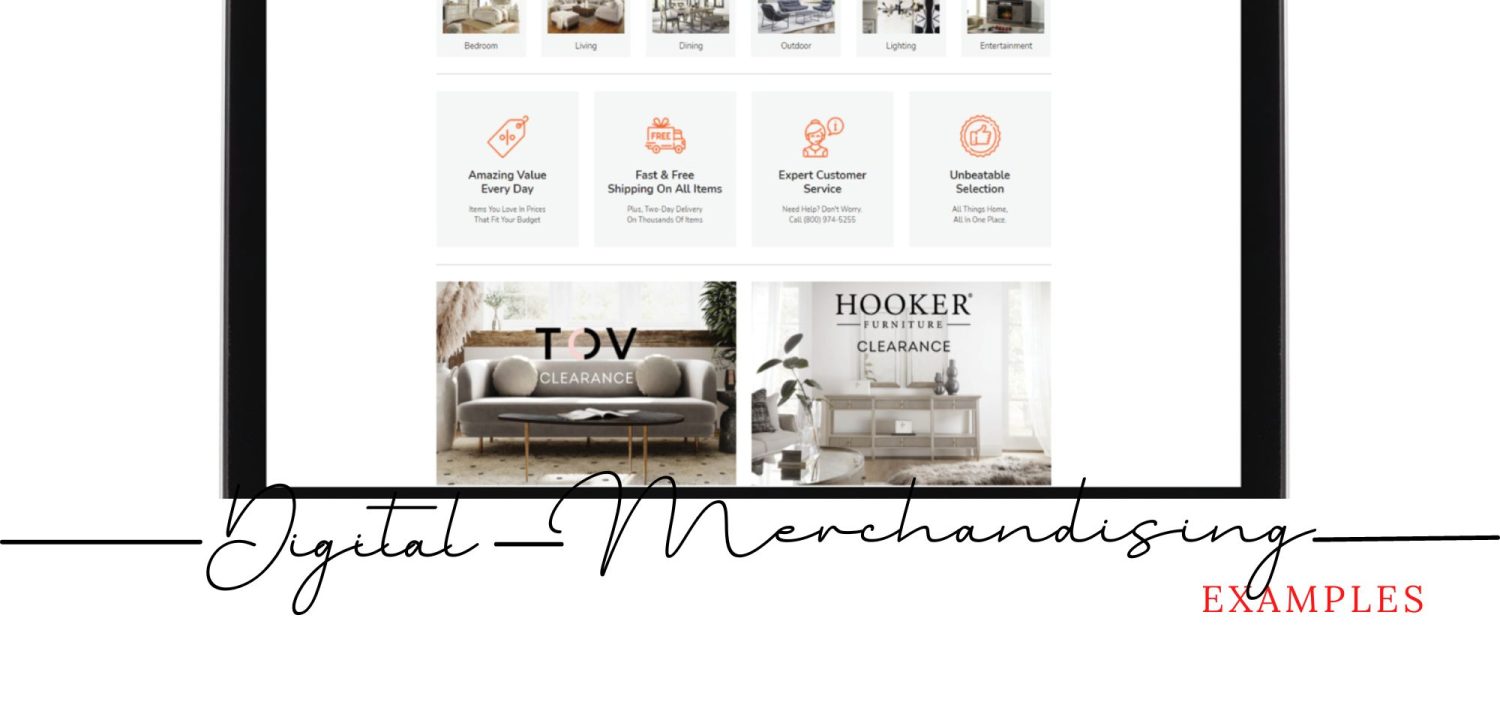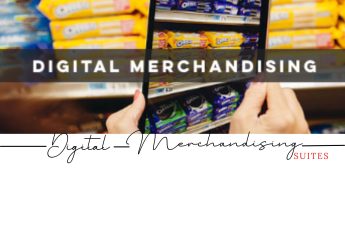Digital Merchandising Examples
What are Some Digital Merchandising Examples?
Digital merchandising has become increasingly important in the retail industry as consumers continue to shift towards online shopping. Digital merchandising involves using various digital tools and strategies to create an attractive online shopping experience for customers. Here are some digital merchandising examples:
- Personalized product recommendations: Many online retailers use data analysis and artificial intelligence to suggest products to customers based on their browsing and purchase history. For example, Amazon’s “Recommended for You” feature suggests products based on a customer’s previous purchases and browsing history.
- Dynamic pricing: Retailers use algorithms to adjust prices based on factors such as supply and demand, competitor prices, and historical sales data. This allows them to offer more competitive prices and maximize profits.
- Virtual try-on: This technology allows customers to virtually try on clothes, makeup, or accessories before making a purchase. This helps customers make informed decisions and reduces the likelihood of returns.
- Interactive product visualization: This technology allows customers to view products from different angles and zoom in on details. This enhances the online shopping experience and helps customers make informed purchasing decisions.
- Augmented reality (AR): AR technology superimposes digital images onto the real world, allowing customers to see how products would look in their own homes. For example, Ikea’s AR app allows customers to see how furniture would look in their own space before making a purchase.
- User-generated content (UGC): Retailers can use UGC such as customer reviews, photos, and videos to promote their products and create a sense of community around their brand. This helps build trust with customers and can lead to increased sales.
- Chatbots: Chatbots use artificial intelligence to provide customer service and support. They can answer frequently asked questions, provide product recommendations, and assist with purchases. This improves the customer experience and reduces the workload on customer service teams.
Overall, digital merchandising examples are vast and ever-evolving as technology continues to advance. Retailers who adopt and adapt to these digital strategies will have a competitive advantage in the online marketplace.
Top Examples of Digital Merchandising Examples
Digital merchandising is an essential part of any retail business that wants to stay ahead of the competition. Here are some top examples of digital merchandising that have proven to be successful for many companies:
- Personalized Product Recommendations: One of the most effective ways to boost sales is to offer personalized product recommendations to customers. This can be achieved by analyzing the customer’s past purchases and browsing history to provide relevant and personalized product suggestions. Amazon, for example, uses this technique to great effect with their “Customers who bought this also bought” and “Recommended for you” sections.
- Social Media Integration: Social media is a powerful tool for reaching out to potential customers, and many retailers are using it to great effect. By integrating social media platforms into their digital merchandising strategies, retailers can promote products, run promotions, and engage with their customers on a more personal level. Nike is a great example of a company that has successfully integrated social media into its digital merchandising strategy.
- Interactive Product Displays: Interactive product displays are a great way to engage customers and showcase your products in a more dynamic and exciting way. These displays can be used to provide additional information about a product, demonstrate its features, or allow customers to visualize how it might look in their home. IKEA’s augmented reality app is a great example of an interactive product display that has proven to be a hit with customers.
- Omnichannel Retailing: Omnichannel retailing is all about providing a seamless shopping experience across multiple channels, including brick-and-mortar stores, online stores, and mobile devices. By creating a consistent brand experience across all channels, retailers can increase customer loyalty and drive sales. Nordstrom is a great example of a company that has successfully implemented an omnichannel retailing strategy.
- User-Generated Content: User-generated content is a great way to showcase your products and engage with your customers. By encouraging customers to share photos and reviews of your products on social media, retailers can create a sense of community and provide valuable social proof. Glossier is a great example of a company that has successfully leveraged user-generated content to build a strong brand identity and increase sales.
These are just a few examples of successful digital merchandising strategies. By staying up-to-date with the latest trends and technologies, retailers can create engaging and effective digital merchandising campaigns that drive sales and build customer loyalty.
Worst Examples of Digital Merchandising Examples
As digital merchandising becomes increasingly important in the retail industry, there have been instances of poor implementation and execution of digital strategies. Here are some examples of the worst digital merchandising examples:
- Poor website design: A website is a crucial digital merchandising tool, and if it’s poorly designed, it can deter customers from making a purchase. A website with a cluttered layout, slow load times, and confusing navigation can be a frustrating experience for customers.
- Lack of personalization: One of the key advantages of digital merchandising is the ability to personalize the shopping experience for customers. However, if a retailer fails to personalize their digital storefront, it can lead to a lack of engagement and sales. For example, displaying irrelevant product recommendations or failing to show items that the customer has recently viewed can be frustrating.
- Inaccurate product information: Customers rely on accurate and detailed product information to make informed purchasing decisions. If a retailer provides inaccurate or incomplete product information, it can lead to customer dissatisfaction and returns.
- Ignoring mobile optimization: As more customers shop on their mobile devices, it’s crucial for retailers to optimize their digital storefront for mobile devices. Ignoring mobile optimization can lead to a poor user experience and lower sales.
- Poor social media presence: Social media can be a powerful digital merchandising tool, but if a retailer’s social media presence is poorly executed, it can lead to a negative impact on brand perception. Poorly written posts, irrelevant content, and lack of engagement with customers can be off-putting to potential customers.
In conclusion, digital merchandising can be a powerful tool for retailers to drive sales and engagement with customers. However, it’s important to avoid these worst examples of digital merchandising in order to create a positive shopping experience for customers and build brand loyalty.





